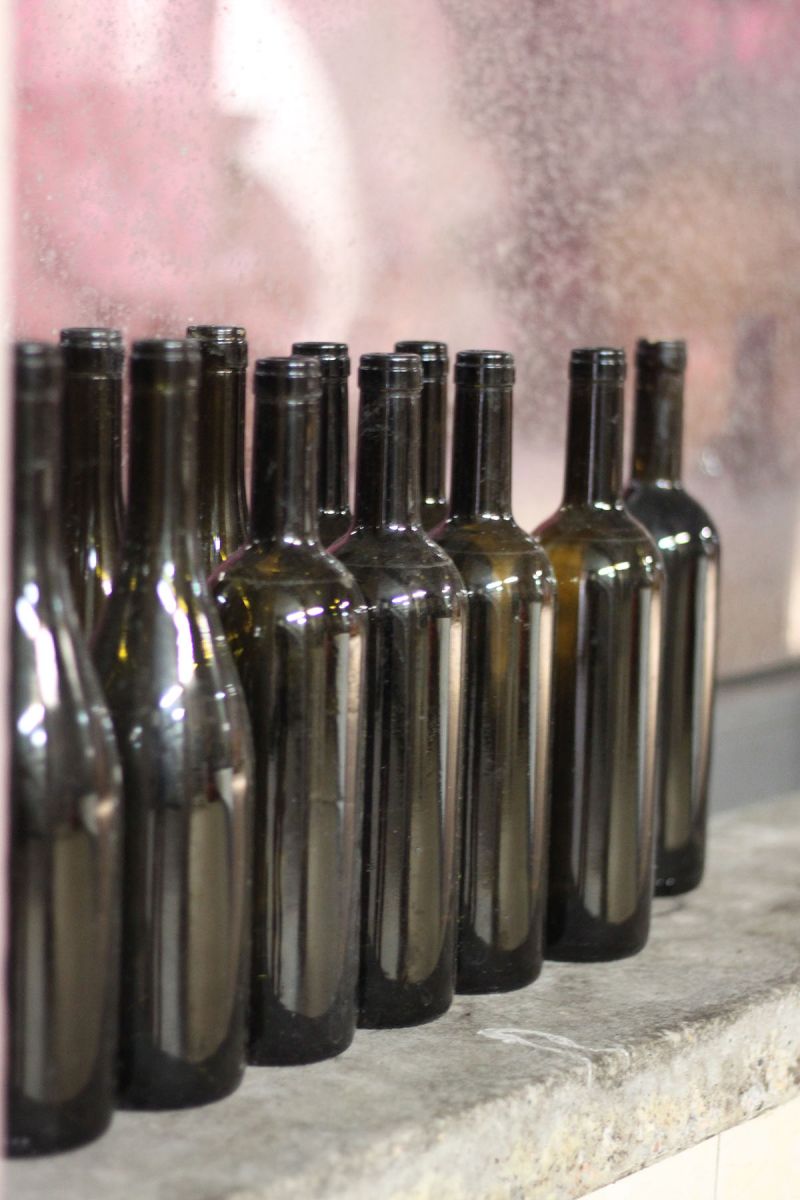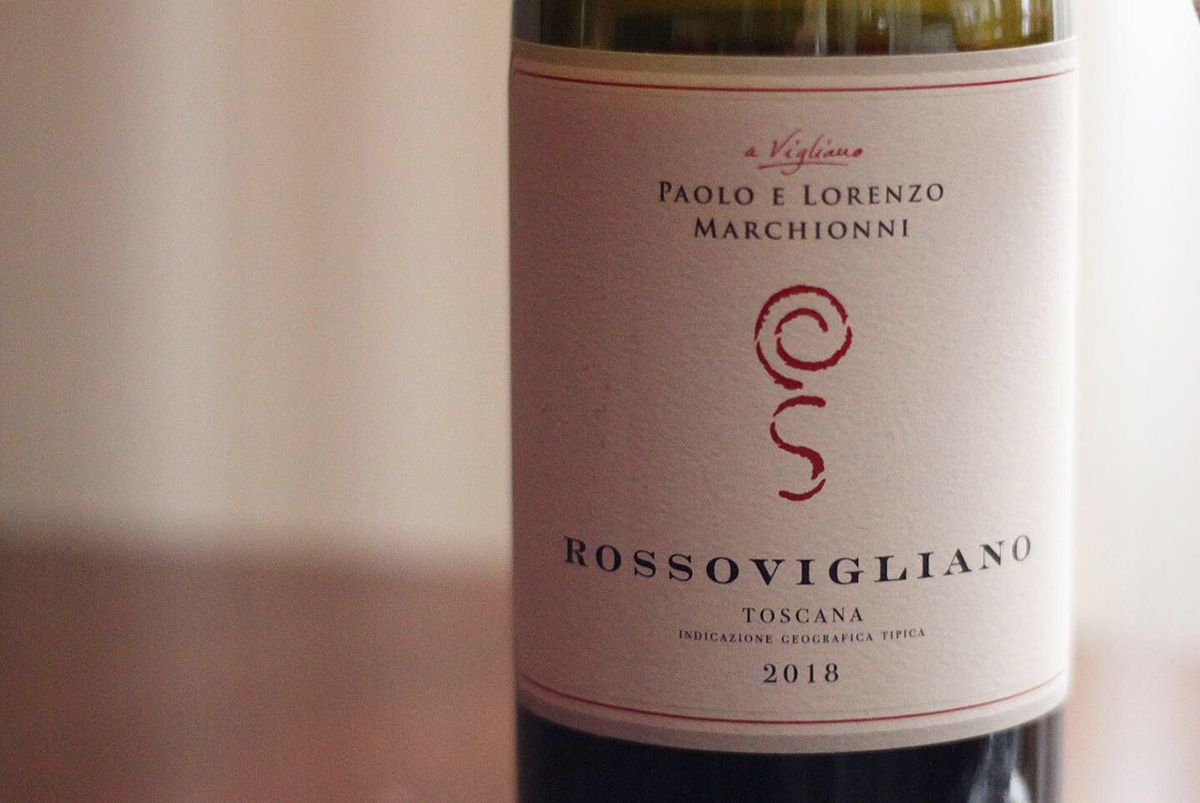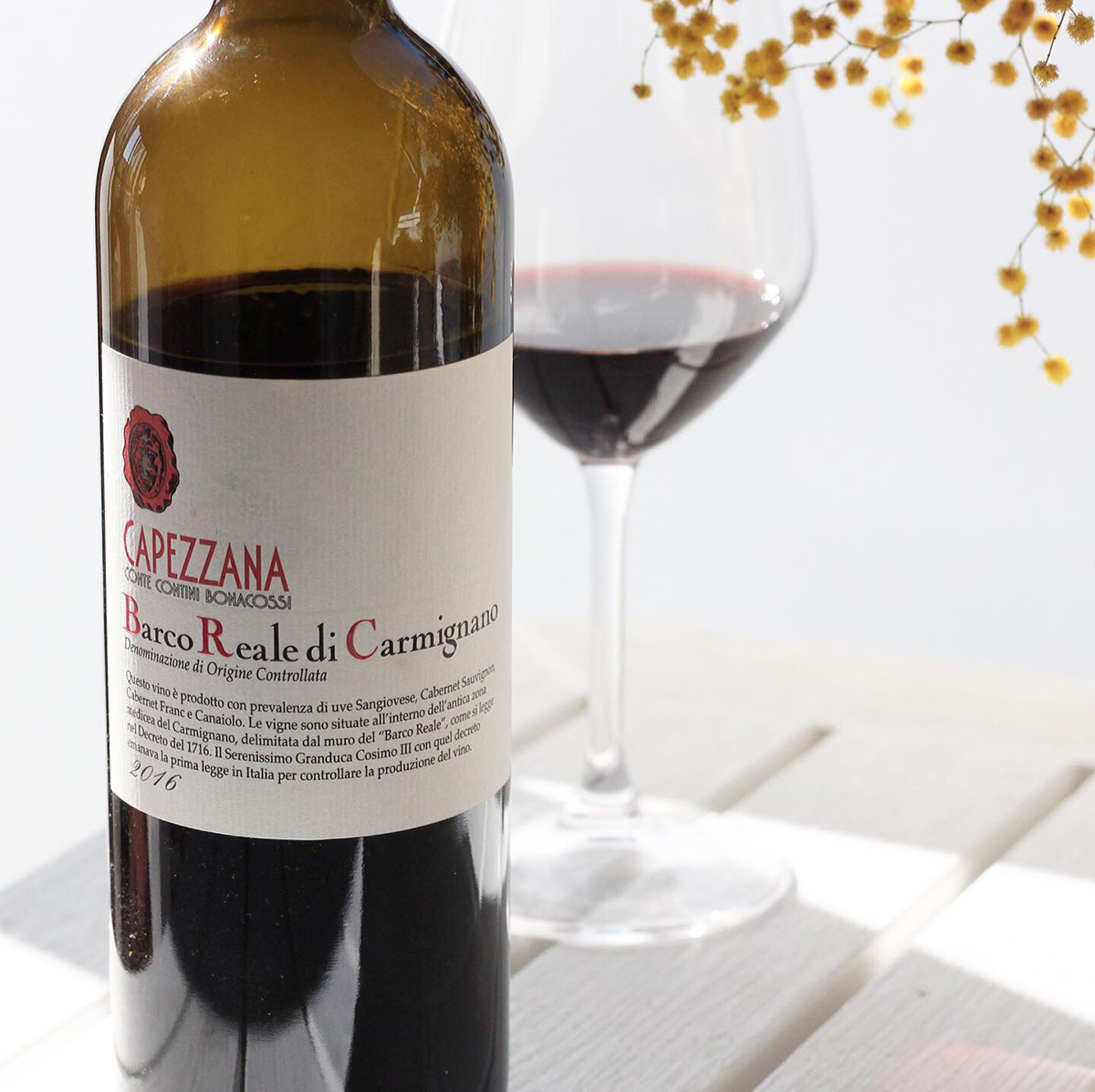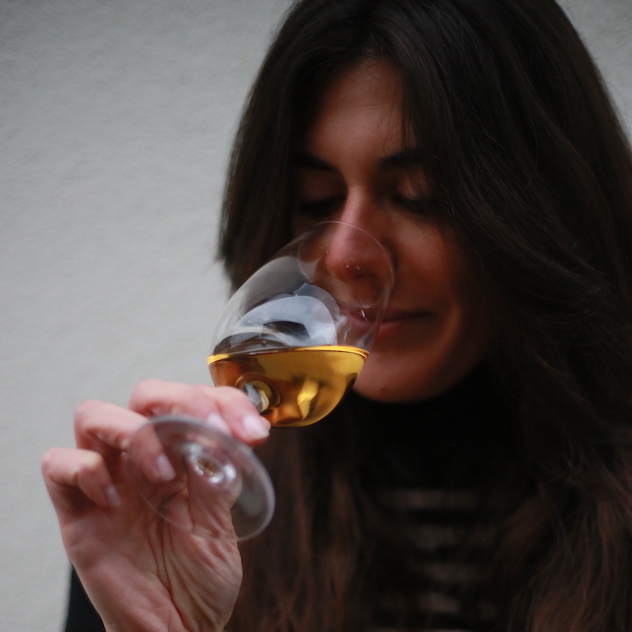With so much wine on offer it’s difficult to choose or even remember the names, vintages and appellations in order to figure out what you want.
That’s why, when you stand in front of a shelf in a wine shop trying to read the label, it can sometimes be a little intimidating.
You might then end up buying a safe option that you’ve tried over and over or taking a gamble and spending a lot of money on something that’s ‘reassuringly expensive’.
You don’t need to be a wine connoisseur to pick a bottle of wine at the grocery store to go with your dinner. You don’t need to be an expert to find something you like. Don’t forget that all the information you need to narrow your search is provided on the wine label.
I believe that price is not necessarily synonymous with high quality but at the same time the wow factor is hard to find under a budget of £10.
Accolades on bottles from official wine magazines such as Decanter or Wine Spectator or praise from professional critics such as Robert Parker or James Suckling, illustrate that the wine meets certain standards and is likely to be of a better quality.









